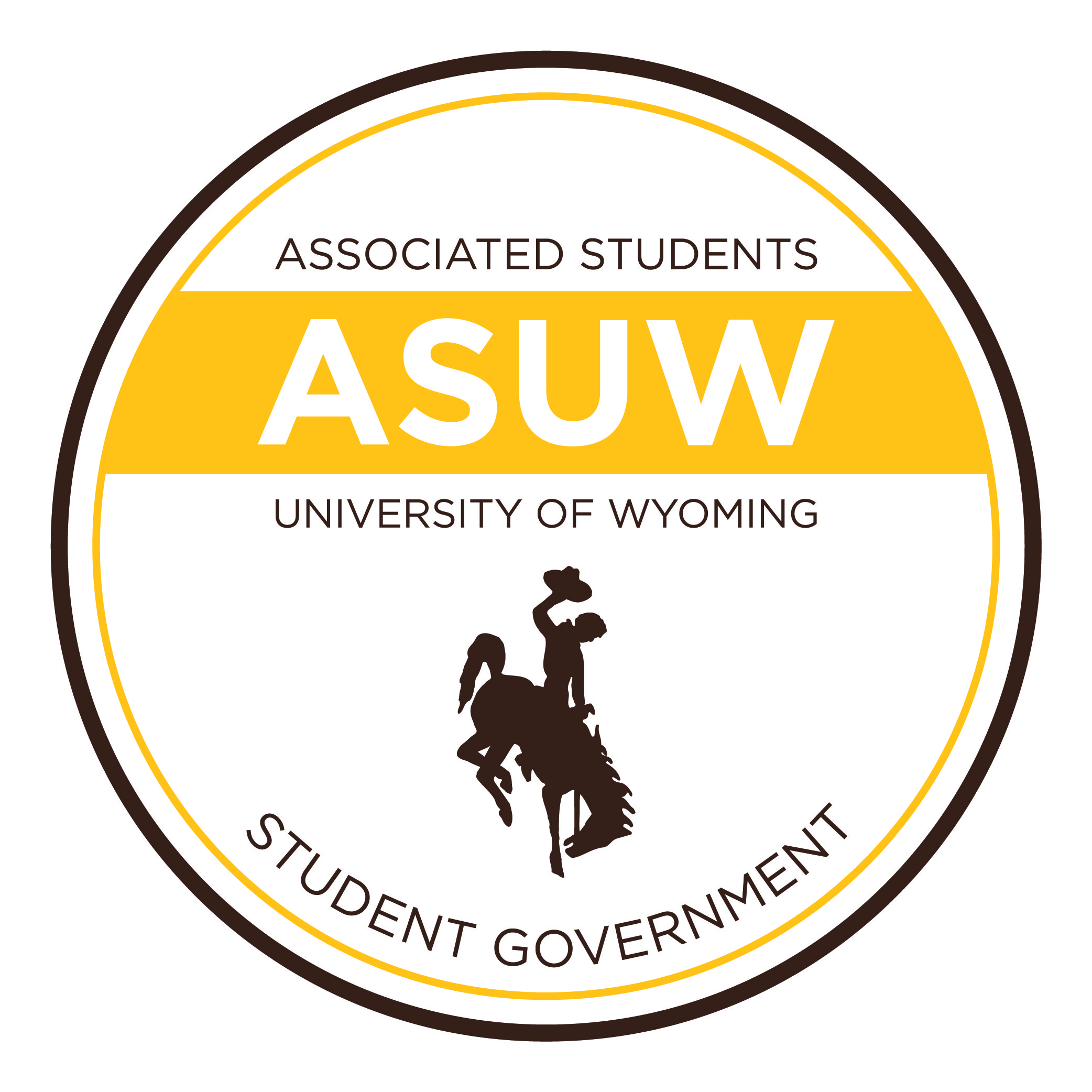
Many Wyoming residents have had one of those adrenaline-rush moments of nearly hitting a deer, partly because Wyoming is home to the longest mule deer migration route in the Lower 48.
As part of Earth Week, the Wyoming Migration Initiative hosted an exhibit and presentation last night at the UW Berry Biodiversity Conservation Center. The event revolved around discussion on Wyoming’s ungulate migrations – specifically, the route followed by the mule deer from the Red Desert in southwest Wyoming to the Hoback Mountains in northwest Wyoming.
The turnout was much larger than expected, said Matthew Kauffman, director of the Wyoming Migration Initiative. Although the exhibit and reception was held at the Berry Center, the actual presentation was moved to the Agriculture Auditorium to provide for a larger audience. A mixture of UW students, Laramie residents and intrigued professionals looked to gain a better understanding of migration.
“I know they’ve been working on the migration for a long time, so I wanted to stop by and see what it was,” Zoology major Jessica Grunow said. “I don’t really know a lot about the migration patterns throughout Wyoming, so this will all be new to me.”
Director of Wild Earth Guardians Erik Molvar came to the presentation to learn more information for his organization. He works with sagebrush and wildlife ecosystem conservation across the West and said he found this study relevant to his research.
“This little mule deer corridor is part of a much bigger, larger eco-regional effort that fits right in with what we’re doing on a Rocky Mountain wide basis,” Molvar said.
Three key speakers talked over the course of the night. Dr. Kauffman, a professor in the Zoology and Physiology department at UW, began with an overview on ungulate movement. He noted how Wyoming is a unique location for migration, due to its vast open spaces.
“Wyoming is one of the few places where these types of long distance migrations can occur,” Kauffman said.
Dr. Hall Sawyer presented his group’s research on the Red Desert to Hoback migration route. Sawyer is responsible for identifying this route. What began as a simple study of the mule deer and their habits unveiled the longest migration route in the lower 48 states.
This mule deer path is certainly not for the weak. 150 miles one direction, it crosses up to five highways and three lakes and is at an elevation gain of up to 4,000 feet. Sawyer estimates around 4,000 to 5,000 animals use this route each year.
Sawyer said a common misconception is there are an abundance of mule deer in Wyoming and there is no need for conservation. He stressed that 90 percent of Wyoming’s ungulates are migratory and in order to keep them, people need to preserve the paths they use.
“Migratory ungulates far outnumber non-migratory ungulates in Wyoming,” Sawyer said. “If we want to continue to enjoy the deer we have today, we have to take care of these migration routes.”
Joe Riis, a National Geographic photographer and UW alum, concluded the presentation with his unique depiction of the migration. Riis worked with Sawyer to produce videos and photos of the mule deer over the course of five months. The goal was to depict the actual migration and provide an emotional appeal to people.
“I was trying to document what it’s like to be an animal,” Riis said.
Sawyer addressed how special this project is because of Riis. Across the globe, Riis has photographed animals in many remote places, including Africa, South America and his home state of Wyoming.
“I think the fact that Joe has the opportunity to work anywhere in the world and he chose to work on this deer migration, really speak volumes at just how special and unique this Wyoming deer migration is,” Sawyer said.
Riis said it is important for people to consider the animals and the routes they take now and in the future.
“Think about what it’s like to be an animal here in Wyoming, think about the needs and the room they need to roam,” Riis said. “I think it’s important for us to make plans for wildlife management into the future and to make sure that the animals will remain.”


